$46.97 Original price was: $46.97.$32.88Current price is: $32.88.
SKU: D2LSC 3219525605 Category: Camellias
- Secure Shopping Starts with Safe Payments
- Effortless solutions, excellent customer care.
- Multiple payment methods, safe and reliable
- 7 days free returns

Diana Camellia Sasanqua
Camellia sasanqua ‘Diana’ TDN1110
Plant Details
USDA Plant Hardiness Zones: 7a-9b Find Your Zone
Plant Type: Evergreen Flowering Shrub
Species: Sasanqua (Fall, Mid Winter)
Height at Maturity: 8’10’ depending on pruning
Width at Maturity: 6-8′ depending on pruning
Flower Color: White
Flower Size: Large, 3-4″
Flowering Period: Fall to Mid Winter
Flower Type: Semi-Double
Fragrant Flowers: No
Foliage Color: Dark Green
Fragrant Foliage: No
Berries: No
Berry Color: NA
Sun Needs: Morning Sun with Afternoon Shade or Filtered Sun, All Day Filtered Sun
Water Needs: Average, Lower when established
Soil Type: Clay (amended), Loam, Sand (amended), Silt
Soil Moisture / Drainage: Well Drained Moist
Soil pH: 5.0 – 6.5 (Acid)
Maintenance / Care: Low
Attracts: Visual Attention
Resistances: Deer – more info, Drought (when established), Heat, Humidity
Intolerances: Direct Afternoon Sun, Constantly Soggy Soil
Description
Diana Camellia is another wonderful Camellia brought to us by the Southern Living Plant Collection. This medium to large growing Camellia Sasanqua is smothered with gorgeous bright white, ruffled, double flowers throughout fall and in to early winter. It’s beautiful dark green foliage is the perfect background for the large white flowers. If you are looking to brighten up the fall and winter landscape, Camellia’s are a great choice.
Landscape & Garden Uses
A taller growing Camellia with an upright habit of growth to about 8-10 feet tall and 6-8 feet wide (depending on pruning), Diana can be grown as a shrub or small tree. As a shrub, it is ideal for use as a hedge or background plant, in groupings, and is especially nice as espalier (trained to grow flat against a wall.) When “limbed up” to form a small tree it serves well as an attractive and colorful specimen in landscape borders and home foundation plantings. Great for cottage gardens, cut flower gardens and woodland borders. Also suitable for containers that can be brought indoors overwinter for those who live above USDA Zone 7a, where not winter hardy. Find Your Zone
Spacing: 4-5′ for solid hedge; 10’+ for space between plants
Note: For our customers who live and garden north of USDA Plant Hardiness Zone 7a, where this Camellia is not winter hardy, you’ll be happy to know it can be grown in containers that can be brought indoors during winter and placed back outside when temperatures warm up in spring.
Growing Preferences
Camellia adapt well to various soil types however prefer a moist but well-drained acidic soil that is rich in organic matter. Constantly soggy soil is a slow killer. In general, Camellia grows and blooms better in partial shade with some shelter from the hot afternoon sun. Morning sun with afternoon shade or filtered sunlight is perfect. All-day filtered sun is fine.
Helpful Articles
Click on a below to find helpful advice from our experts on how to plant and care for Camellias.
Planting Camellias
Pruning Camellias
How To Fertilize & Water Camellias
How To Espalier Plants & Trees
*Espalier (pronounced: ih-spal-yay) …an ornamental shrub or tree that has been trained to grow flat against a wall, fence, or other vertical, flat surface.
Plant Long & Prosper!
Meet The Wilson Brothers & Staff
Questions? Contact Us
Be the first to review “Diana Camellia Sasanqua – 2 Gallon Pot” Cancel reply
Related products
Sale!
Sale!
Sale!
Sale!
Sale!
Sale!
Sale!
Camellias
Sale!
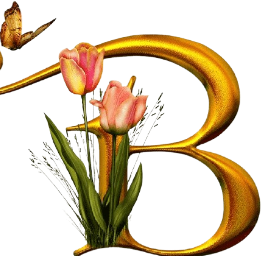

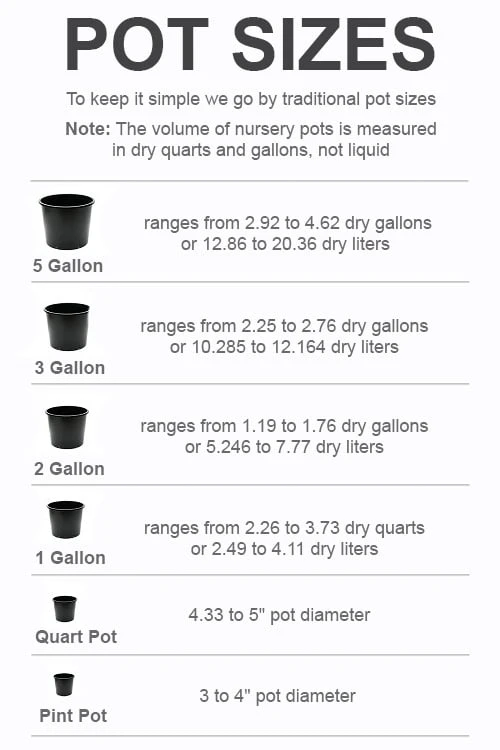
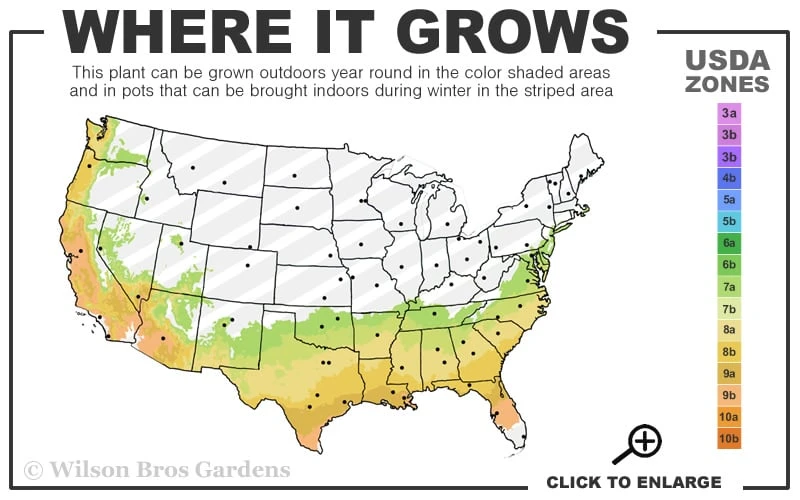
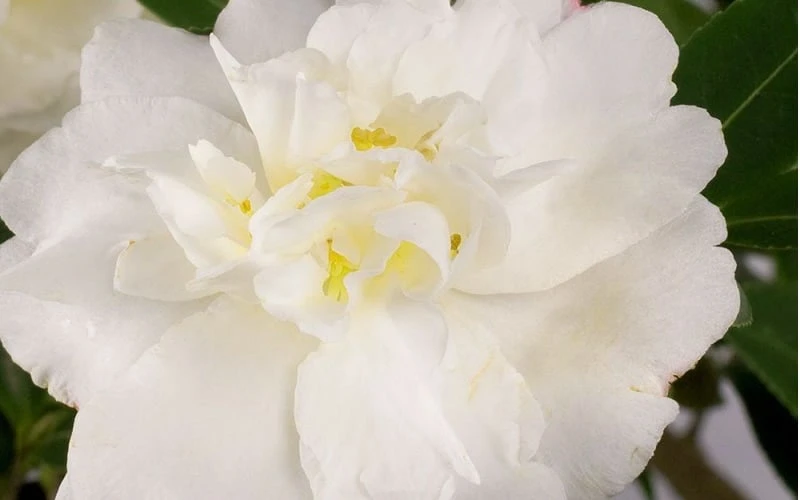

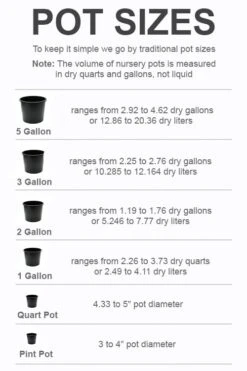

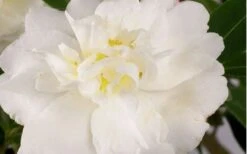
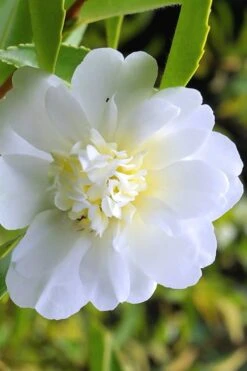

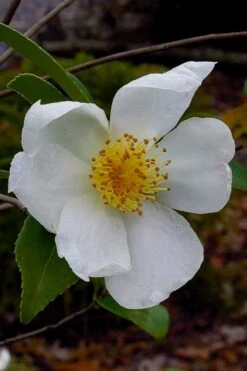
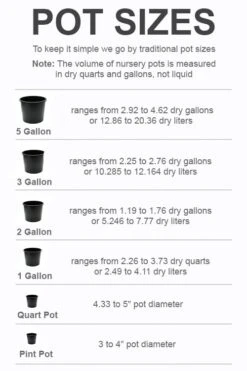
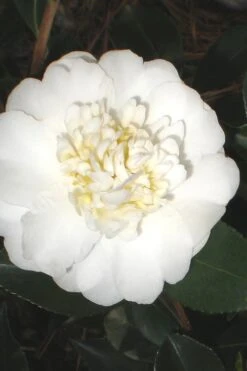

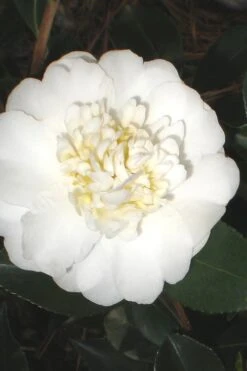


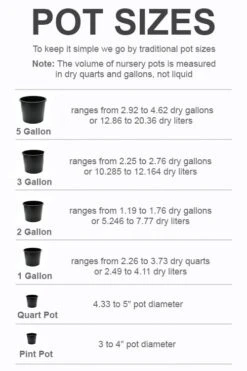
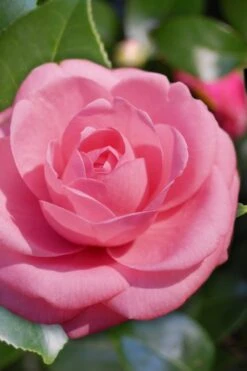
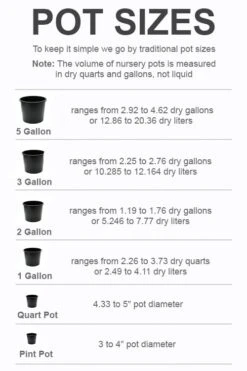

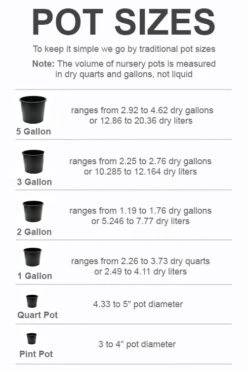


Reviews
There are no reviews yet.